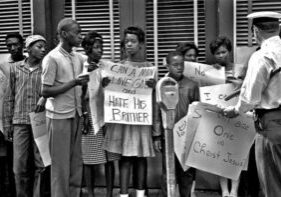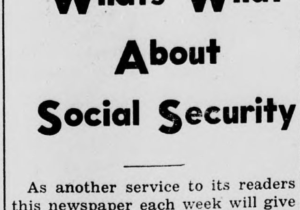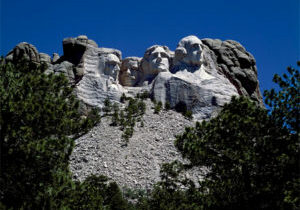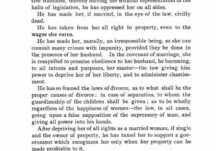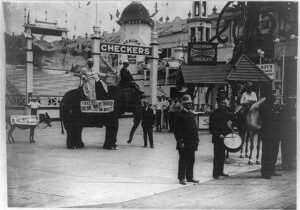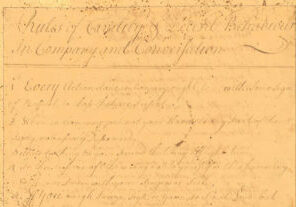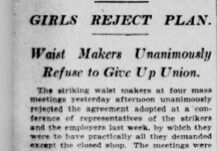Lesson Plans
All the Way to the Top
Pair the picture book, All the Way to the Top, with primary sources to have students investigate the ideas behind the movement that made the passage of the Americans with Disabilities Act (ADA) possible and the motivations and character traits of a girl who was a part of that movement. After, students can investigate contemporary creatives and activists and/or current legislation related to the ADA and share what they learned with the class and their families.
Liberty and Civility: Rules for Citizens in a Democratic Society
Students examine George Washington’s Rules of Civility in preparation for learning how and why citizens in a free society are expected to exercise personal civility. Students will then apply their understanding by creating civility posters and analyzing and addressing examples of incivility in a comic strip.
Dangerous Jane
Pair the picture book, Dangerous Jane, with primary sources to have students investigate the peace work of Jane Addams while building vocabulary and examining how perspectives change with time and circumstance. After, students could investigate the youngest Nobel Peace Prize winner, Malala Yousafzai, and/or share in words or pictures how they contribute to a more peaceful community in their school, neighborhood or town.
Brave Girl: Clara and the Shirtwaist Makers’ Strike of 1909
Pair the picture book, Brave Girl: Clara and the Shirtwaist Makers’ Strike of 1909, with primary sources to have students practice close reading, build vocabulary, and investigate labor activism and one group's fight for shorter hours, increased wages, and more sanitary working conditions. After, students may share, in words or pictures, an example of something they have done or they hope to do to affect change.

